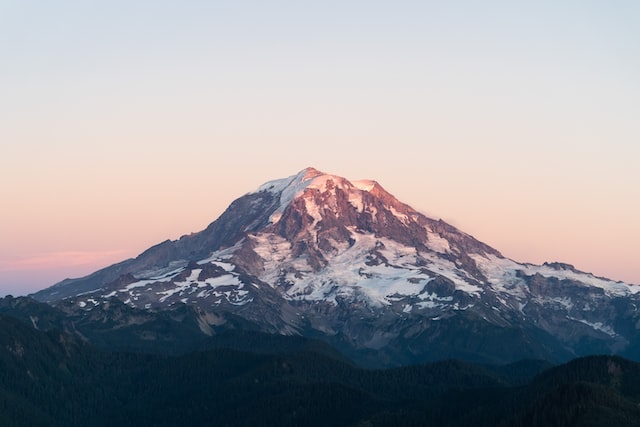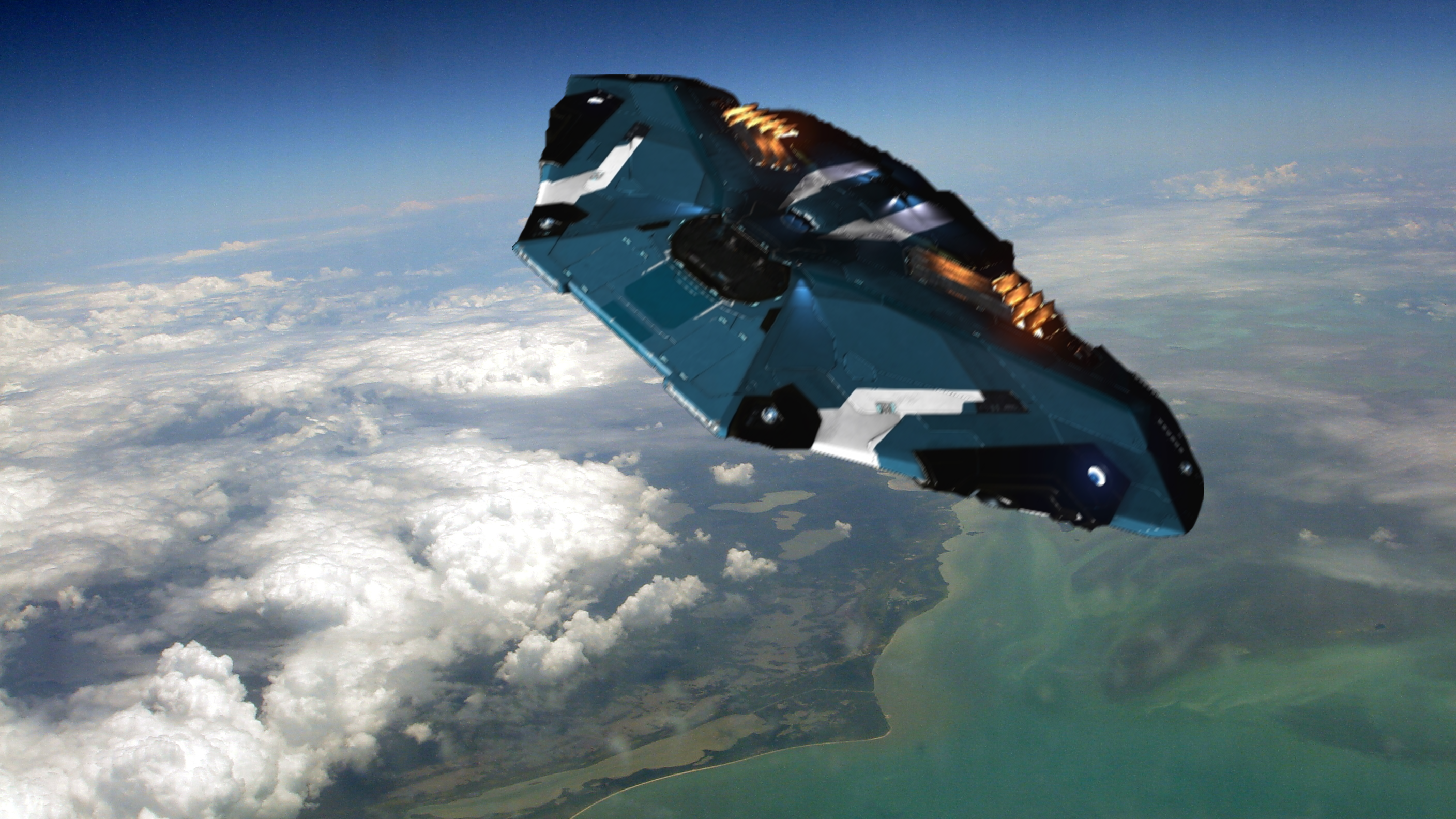A warming climate has claimed three more glaciers in Washington state. All three were on Mount Rainier, which is home to more ice than any U.S. mountain south of Alaska.
Scientists with the National Park Service say that Stevens Glacier was gone as of 2021.
Glaciologist Mauri Pelto looked at satellite imagery from last fall and says that he found that two other glaciers had dwindled down to ice patches, too small to be considered glaciers anymore.
“As we continue to have these warm summers and these heat waves, all the glaciers are going to really suffer, and any glacier that’s not in pretty good form is going to be lost," Pelto says.
Park service researchers say Rainier has lost half its ice since the start of the 20th Century. The losses have accelerated in recent years.
Pelto also notes that it’s too late to save the Northwest’s smaller glaciers, given the warming already baked into the climate by human pollution. But he says it’s not too late to slow global warming enough to save the Northwest’s bigger glaciers.
–Emphasis added–
Submission comment: I believe scientists error on the side of optimism for many reasons, and I believe one of those reasons is because environmental systems are so complex, even the most informed are ignorant of the true consequences the globe will experience thanks to the massive influence of humanity.
When we experience “accelerating losses” and it is already “too late” to save resources we depend on for survival, I think it is wishful thinking that even bold actions could prevent the loss of the bigger glaciers.
There is no scenario in which bold actions that actually help in any meaningful way will be preferred. People are only trying to cope. Never surrender any ounce of convenience, no matter how damaging it is. The reason for this is, as pretty much always, found in the incentives created by capitalism.
Yes if we really cared, we’d create an immediate transition plan away from cars to public transit, emphasizing a more local community level economies that encourages far less consumerism. Along with fossel fuel ships and planes.
We would have to radically change the very nature of our societies and how an individual lives. Such actions would ironically bring their own negative effects as the climate reacted. We’re in a Catch-22 as far as what we should and shouldn’t do, but the reality is that we’re so deeply invested in consumption that nothing will really change until production is affected. It’s already too late, but by then it will really be too late.
Imagine if our food was local.
Oh, by the way: https://www.euronews.com/video/2023/06/12/watch-peak-of-austrias-fluchthorn-mountain-collapses-in-massive-mudslide This happened yesterday in Austria. The peak collapsed…
It’s amazing to see footage of landslides. They are massive! Scary to see something we are used to be so sturdy and large just become… liquid.
deleted by creator
Something that keeps me up at night: climate change means that larges masses are also moving (ice melts and the water travels elsewhere). All this redistribution of mass is known to have an impact on earthquakes and volcanoes. While it appears that recent science has not directly made the correlation of large earthquakes with climate change, we are still only now starting to see the larger results of our actions. More, and larger climate impacts are already baked in, and we continue to add greenhouse gases.
This is all more relevant for those that live in areas with active volcanoes and plate tectonics such as the Pacific Northwest. Home of Mt Rainier and its diminishing ice…
The connection between earthquakes and climate change is slightly less straightforward, and certainly less influential. Most earthquakes occur when tectonic plates within the Earth’s crust change or move. Many things can lead to this, but where climate change comes into play is once again related to water. Earthquakes can be triggered or prevented by variability in stress on a fault between tectonic plates. Stress on these faults is impacted by surface water from rain or snow. When there is heavier rainfall, this precipitation and any subsequent flooding increases stress and decreases seismicity. When the season dries up and there’s less water, the weight on the Earth’s crust decreases and this can lead to microseismicity.
As of now, the majority of the connection between earthquakes and climate change is with microseismicity, or tiny earthquakes, which have magnitudes of less than zero and are so small that humans can’t feel them. While additional connections can be made, such as impacts from pumping groundwater during droughts, connections between larger earthquakes and climate change have largely not been proven, though the rapid movement of glaciers has also been shown to cause glacial earthquakes.
https://climate.nasa.gov/news/2926/can-climate-affect-earthquakes-or-are-the-connections-shaky/





